As recovery crews endure cold water and miserable rain to attempt to pull more wreckage of American Airlines Flight 5342 and an Army Black Hawk helicopter from the Potomac River, investigators are intensifying their search for the collision's cause – with initial concerns already raised about the path of at least one of the aircraft.
The helicopter was on a training mission when it collided Wednesday night with a commercial plane that was on approach to land at Washington's Reagan National Airport – a collision that killed all 64 aboard the plane and the three soldiers in the helicopter, officials have said.
The National Transportation Safety Board, which is investigating the cause, will take about 30 days to release a preliminary report, and a final report, which will determine a probable cause, will take much longer, it said.
READ MORE: The price of a pint is about to go up around the country
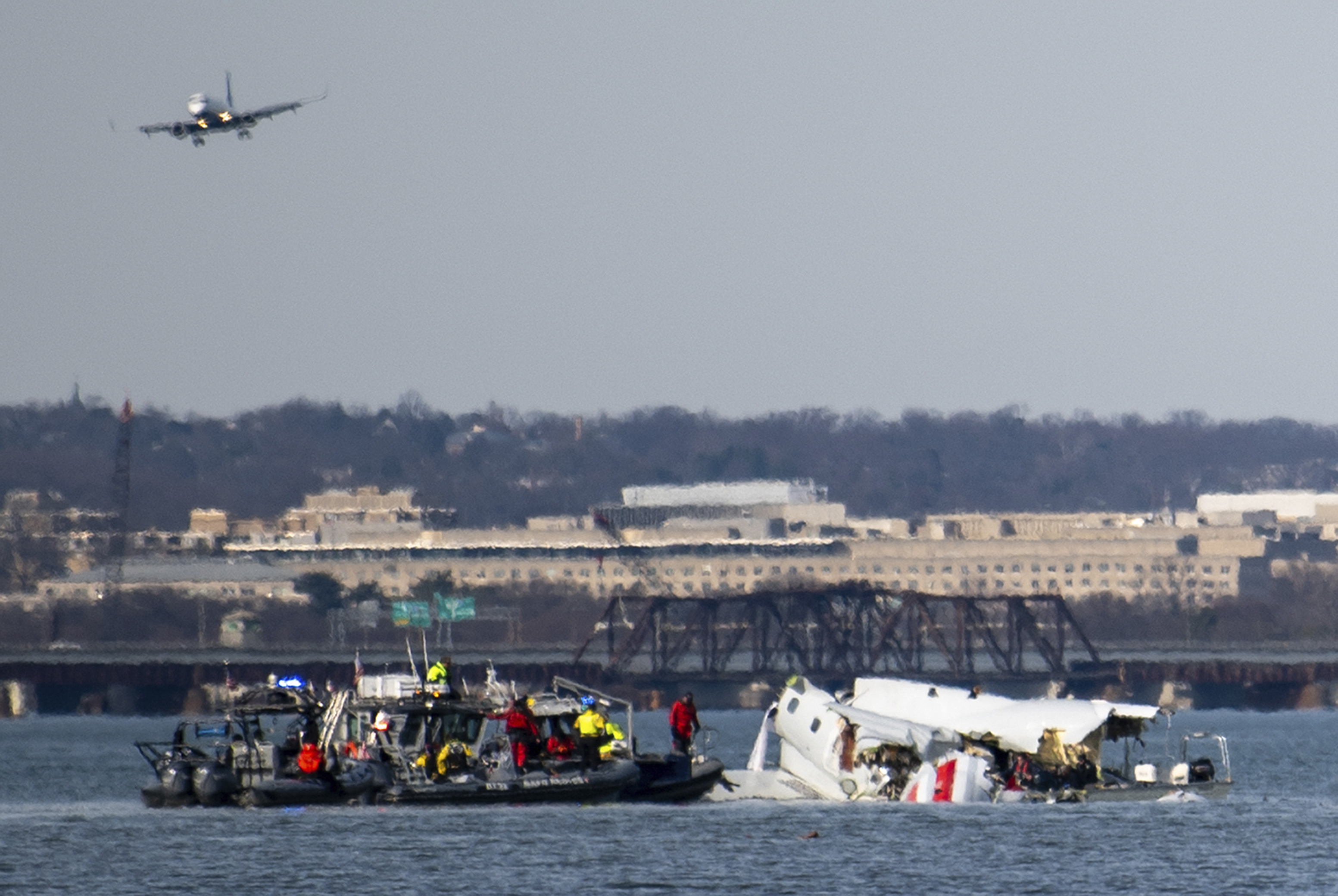
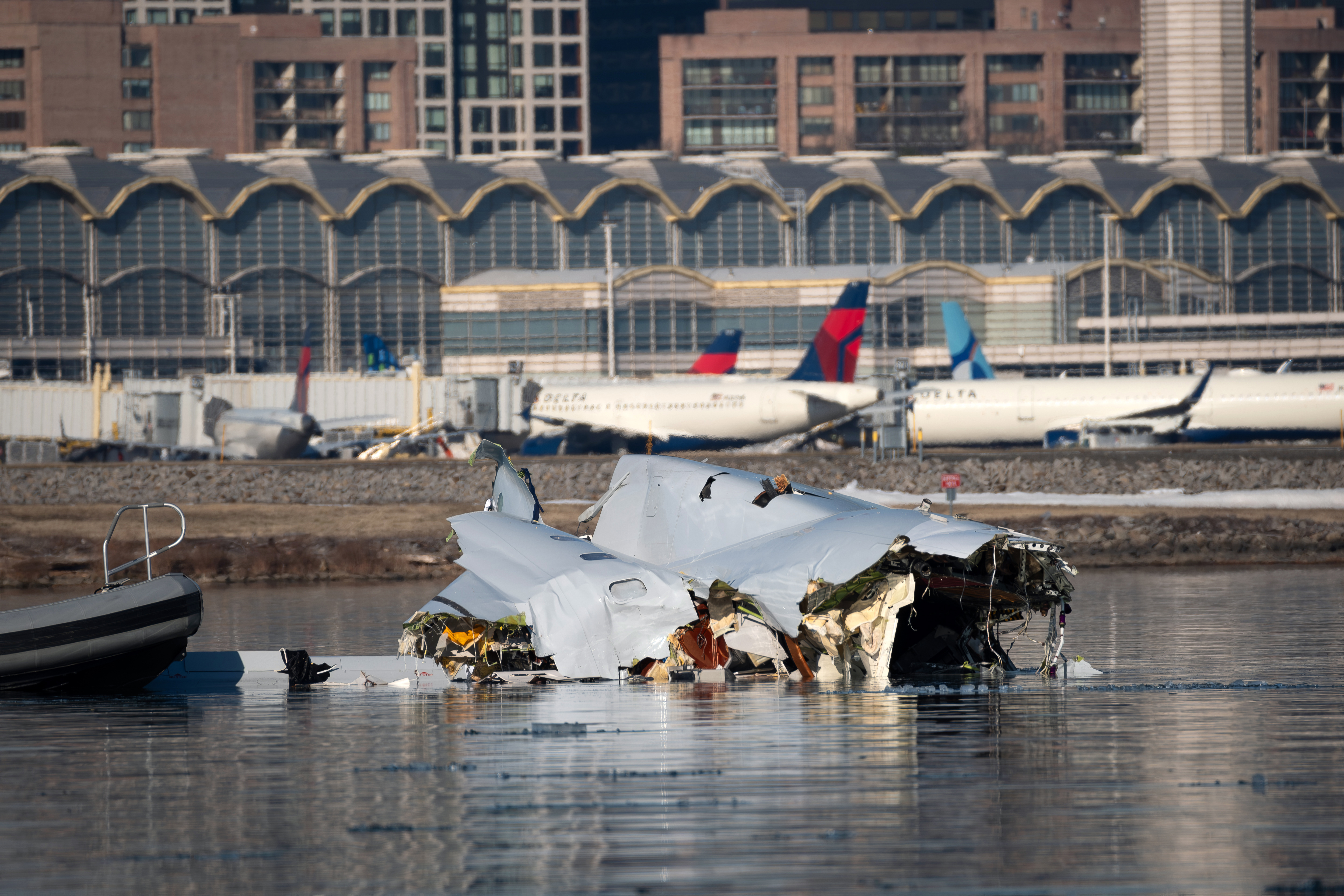
Still, details about the collision's circumstances and potential avenues for the investigation are emerging.
Here's what we know:
Helicopter may have been flying too high
The Black Hawk had been using specialised corridors utilised by law enforcement, medevac, military, and government helicopters in the Washington area.
FAA charts show helicopters in the corridor where the Black Hawk was at the time of the collision – east of the airport and perpendicular to the approach to one of the airport's runways – must be at or below 60m above sea level.
But flight tracking data from the moments before Wednesday's fatal midair collision appear to show the Black Hawk flying 30m above its allowed altitude, and veering off the prescribed route along the Potomac River's east side.
READ MORE: Police officer takes a tumble arresting alleged child scooter thief
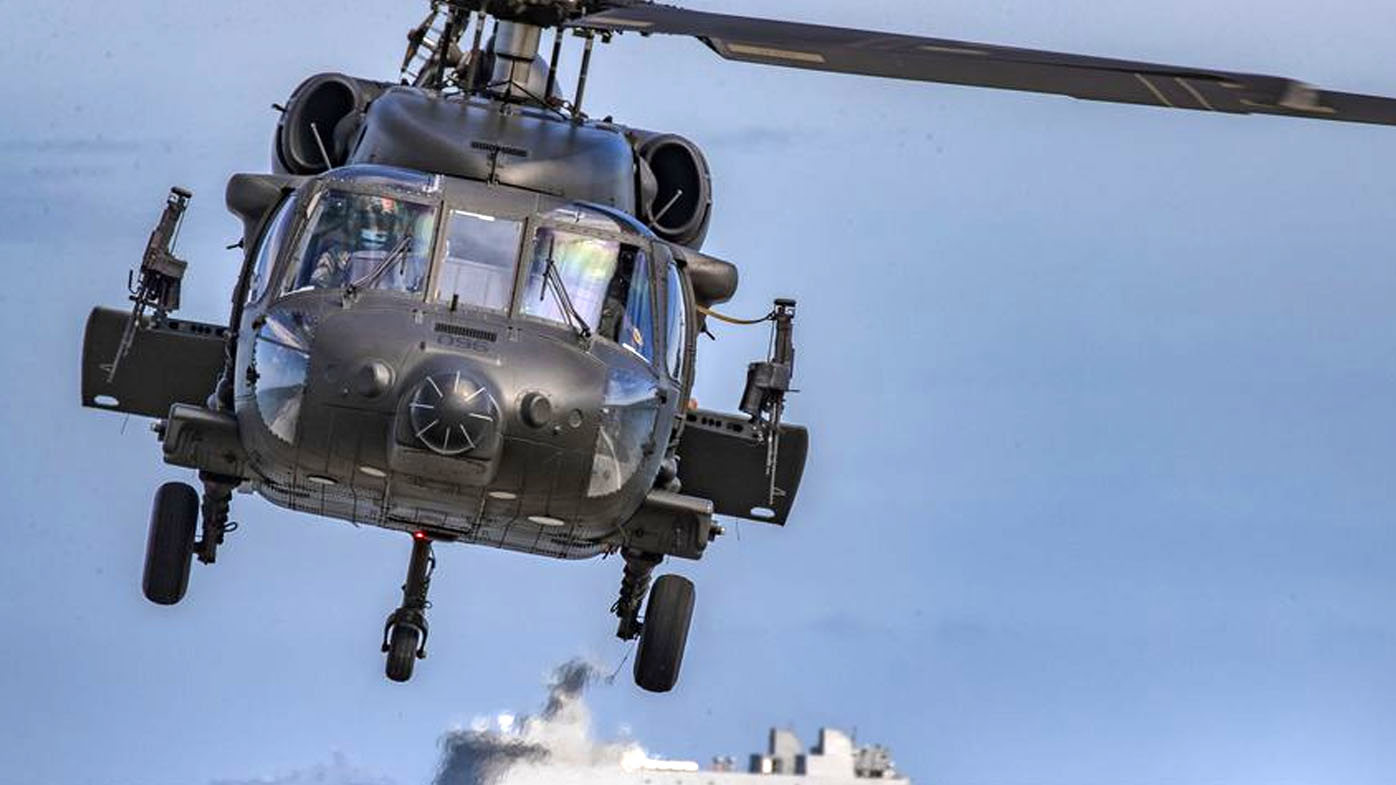
The helicopter's turns would have put the Black Hawk closer to the airport than the standard route.
"Based on the data we're able to see, I think that's a fair assessment," said Ian Petchenik, spokesperson for FlightRadar24, a flight tracking company.
Petchenik cautioned that the flight tracking data for the Black Hawk is imperfect.
The military helicopter was sending a Mode S signal, which transmits basic data about altitude and aircraft identification.
The American Airlines flight was broadcasting an ADS-B signal, which provides far more information to air traffic control.
"ADS-B is worlds beyond the standard Mode S data. Mode S data allows you to have just a few bits of information," Petchenik told CNN.
READ MORE: Parts of Queensland underwater as residents brace for worse to come
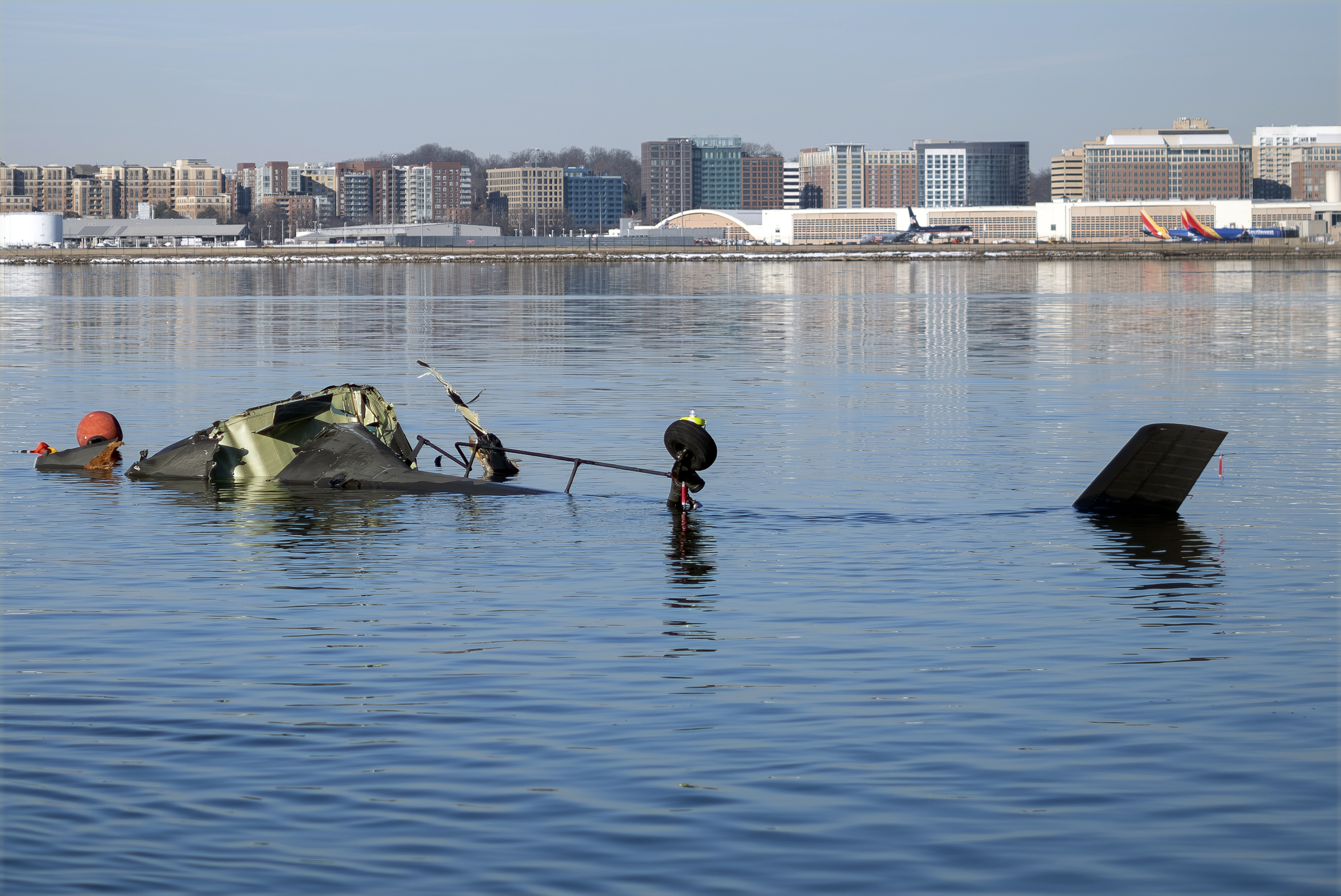
A full understanding of the moments before the midair collision will require a complete analysis of the data recorders on board the aircraft, but even an incomplete picture indicates the helicopter was not in the right position.
Both President Donald Trump and the nation's defence secretary raised the issue of altitude on Friday morning.
"The Blackhawk helicopter was flying too high, by a lot. It was far above the 200 foot limit," Trump said in a Truth Social post Friday.
It was not immediately clear if the president was getting the information from official investigators or reiterating what he was seeing in news reports.
"Someone was at the wrong altitude," Defence Secretary Pete Hegseth told Fox News on Friday morning.
"Was the Black Hawk too high? Was it on course? Right now, we don't quite know."
At the point of the collision, only about 90m separate the approved paths of the jet and the helicopter, CNN aviation analyst and pilot Miles O'Brien said Thursday.
"That's a very tight, no-margin-for-error airspace arrangement and demands that everybody in that spot be completely on their toes and fly to complete perfection," he said.
READ MORE: Two bodies found within hours of each other in Melbourne
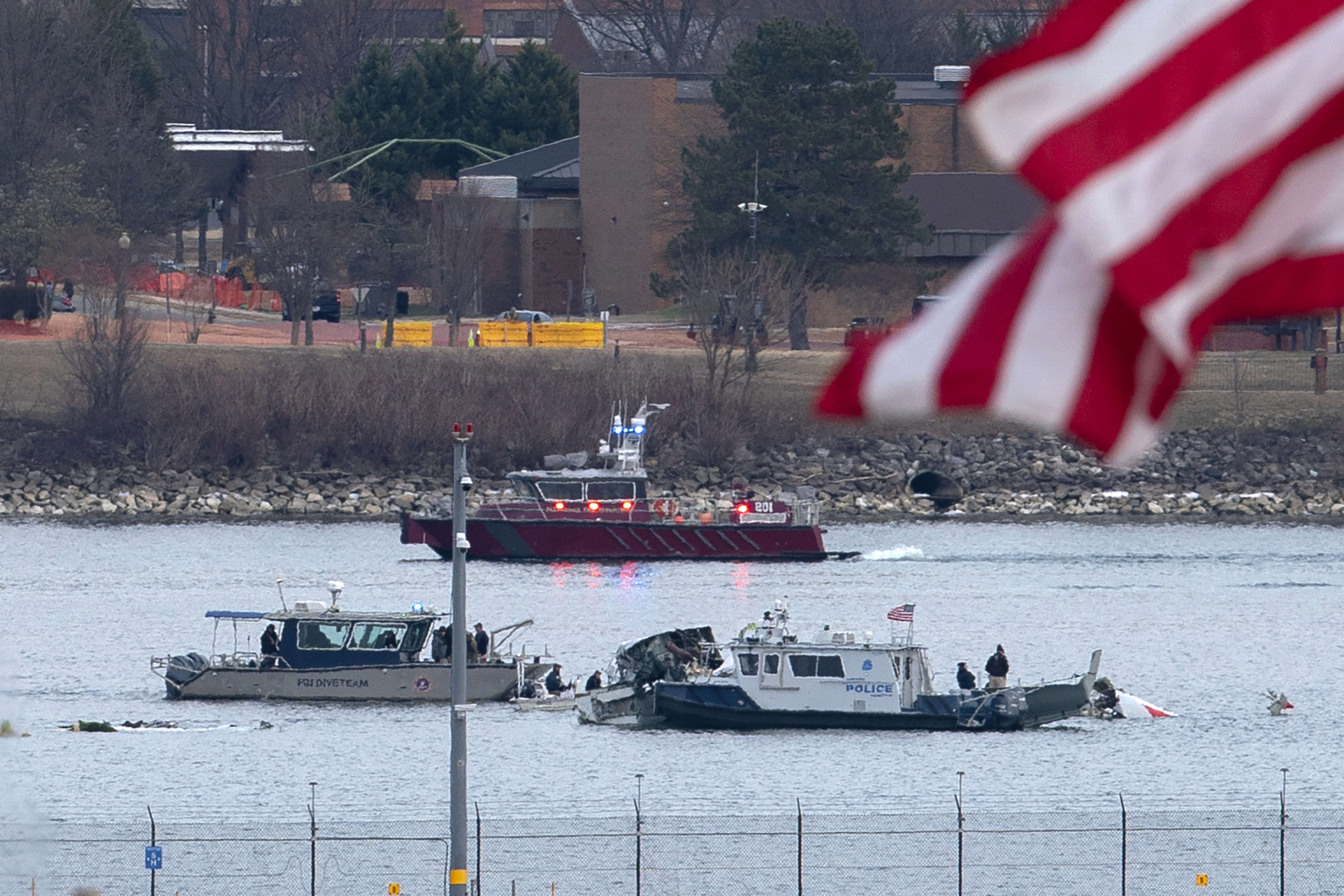
Investigators now must determine whether a change of a 60m might have been one thing that could have prevented the deadliest US aviation incident in two decades.
With the probe under way, the Federal Aviation Administration is indefinitely closing the low-altitude helicopter corridor that was being used when the crash happened, an official told CNN Friday.
The NTSB will look at the "human, machine and the environment" to determine the cause of the deadly collision, board Chair Jennifer Homendy said Thursday, in response to a question about whether diversity initiatives would be considered in the investigation after Trump raised the issue.
The flight data recorder and cockpit voice recorder — known as black boxes — from the American Airlines plane have been recovered, the NTSB told CNN.
A data recorder from the helicopter has not been retrieved, but "we feel comfortable with knowing where it's at," NTSB member Todd Inman told CNN on Friday.
Video shows no sign of evasive action, though helicopter crew indicated it saw a plane
Video obtained exclusively by CNN shows no sign of evasive action being taken by either aircraft, running directly into each other in a horrifying blast of light, their wreckage falling lifelessly into the dark water of the Potomac.
Yet before the crash, air traffic control operators directed the helicopter to pass behind the passenger plane, according to air traffic controller audio obtained by CNN from Listen to Live ATC (Air Traffic Control) Communications | LiveATC.net .
An air traffic controller addressed the helicopter: "PAT 2-5 do you have the CRJ in sight?" CRJ refers to the American Airlines plane, a Bombardier CRJ700 regional jet.
READ MORE: Another man charged for alleged Nazi symbol as police bolster patrols in Sydney's east
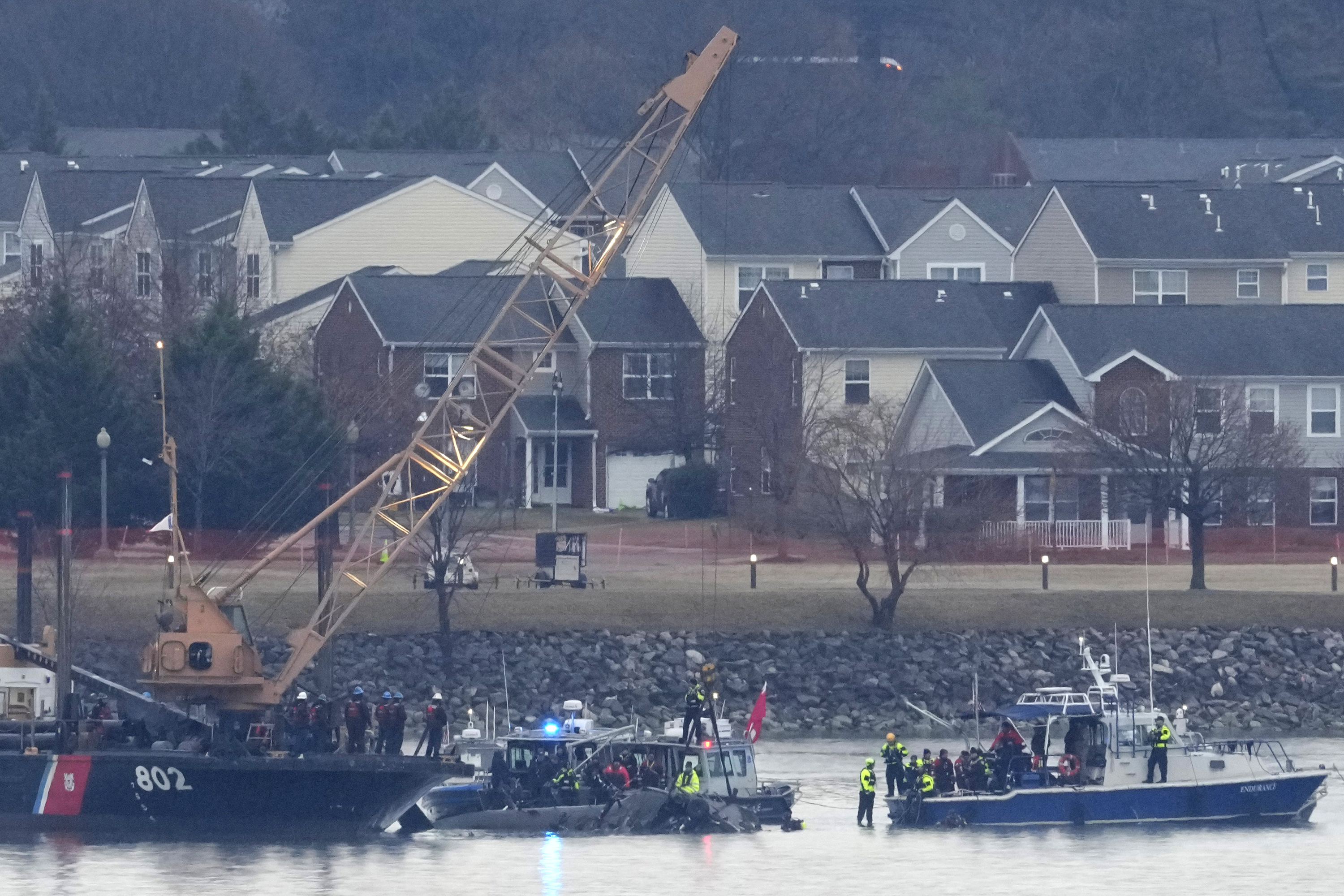
The controller then said, "PAT 2-5 pass behind the CRJ."
Additional air traffic control audio shortly before the collision captures the helicopter pilot saying, "PAT 2-5 has aircraft in sight, request visual separation."
The crash raises questions about whether the helicopter crew was looking at different aircraft or whether the crew misjudged the position of the plane, mistaking other lights for the aircraft the helicopter crew had been instructed to track, as seen in video, according to Mary Schiavo, an aviation analyst and former inspector general of the Department of Transportation.
"We do see other lights in the area, particularly one bright light from another aircraft, when the air traffic control tower asked the helicopter, 'Do you have the plane in sight?'" Schiavo told CNN's Kasie Hunt on Friday.
Former Black Hawk pilot says helicopter needed more crew
Questions also are being raised about whether the helicopter was adequately staffed in the crowded airspace.
The Black Hawk was on a routine training mission out of Fort Belvoir, Virginia, with an instructor, a captain in training and a crew chief, the Army said.
Elizabeth McCormick, a former Black Hawk pilot, told CNN's Jake Tapper Thursday that having a crew of three on the ill-fated flight was inadequate, asserting that such a crew couldn't see in all directions.
READ MORE: Changes to the way paracetamol is sold come into effect
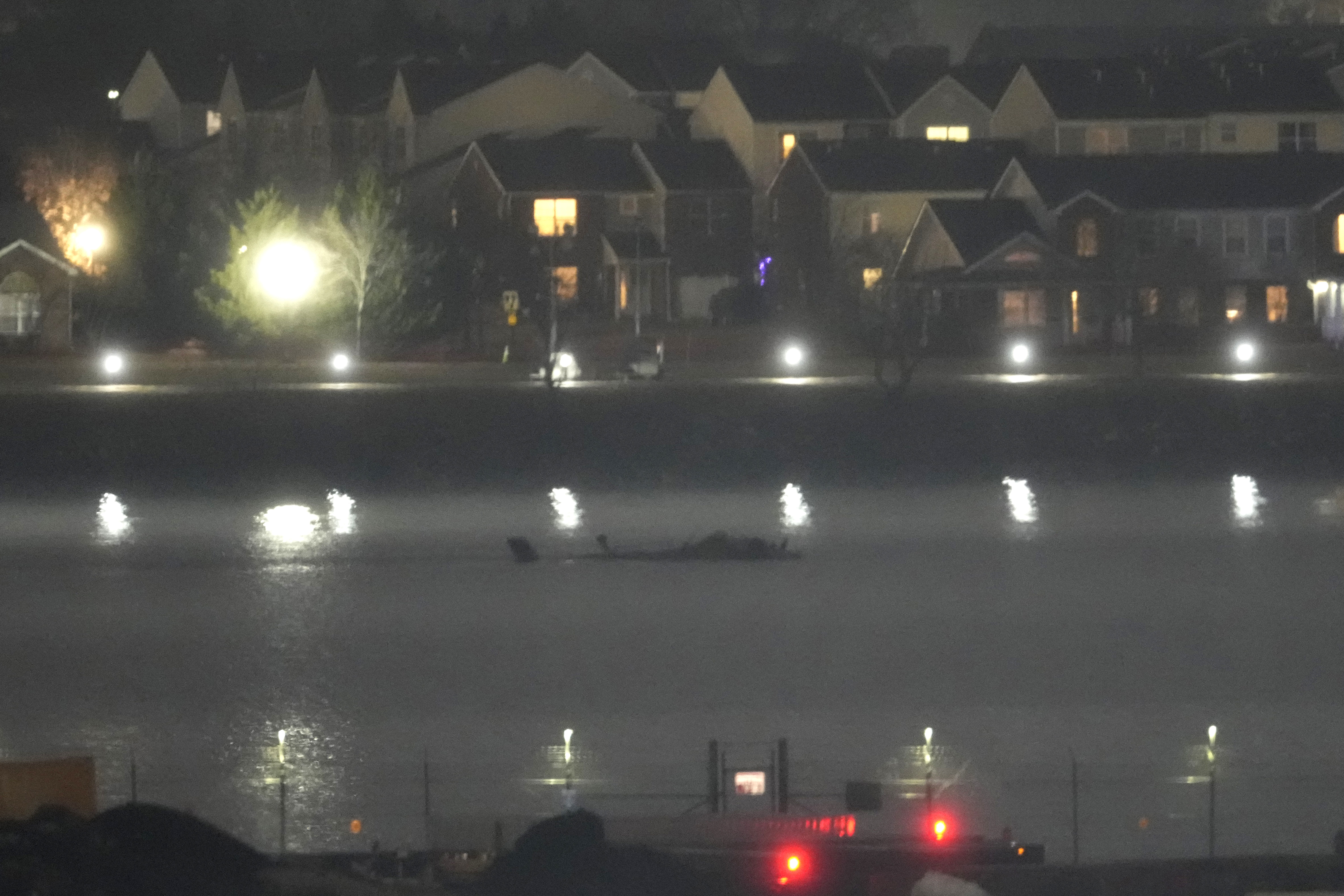
"You only have visibility from the front 180 degrees. Your crew chiefs clear the back," McCormick said. "If you only have one crew chief, how much can you clear? I think that was a major issue."
Even if the helicopter were at a proper level, the crew still would have needed to be able to have visual contact with all nearby aircraft. "Obviously, ultimately the aircraft has to pass through this 200-foot altitude in order to land," former commercial pilot Jeff Huddleston said.
Two jobs being performed by one person at Reagan National tower
On the night of the crash, one controller at Reagan National was performing duties that can be performed by two separate air traffic controllers – handling both local plane and helicopter traffic – an air traffic control source told CNN.
The source described the set-up, which had one person handling both local and helicopter traffic, as not uncommon.
However, a preliminary Federal Aviation Administration internal report said staffing was "not normal for the time of day and volume of traffic," according to the New York Times.
READ MORE: Rihanna attends the trial of her partner, rapper A$AP Rocky, over 2021 shooting
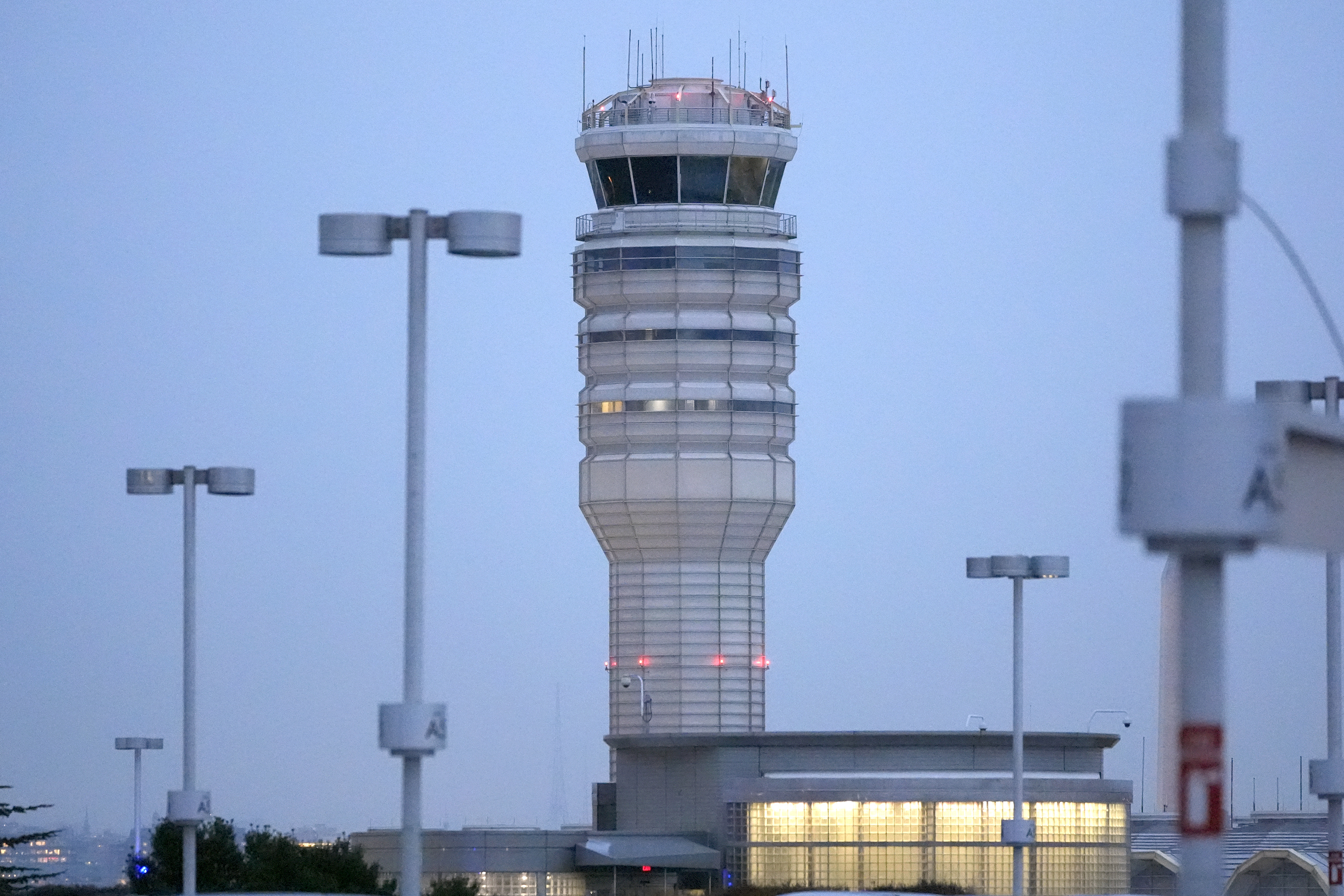
The union that represents air traffic controllers cautioned against assuming that the combined role would make conditions unsafe.
"This is an extremely complex job that we do day in and day out with weather changes, with flow changes, and with airspace changes each and every day," National Air Traffic Controllers Association president Nick Daniels told CNN's Erin Burnett, "so, it's not uncommon for positions to be combined or not combined at all."
Chronic staffing issues at its radar facilities have plagued the FAA. Following the pandemic, it has been scrambling to get more controllers trained and certified.
The Trump Administration has offered a separation package to federal workers, including air traffic controllers, which could cause further staffing shortages.
READ MORE: Trump administration in talks to send Venezuelan gang members to El Salvador prisons
Officials warn against rush to judgment
Even as more information comes to light, some officials who have been briefed on the disaster say there's still much we don't know.
US Senator Tammy Duckworth, a former Black Hawk pilot, spoke to investigators with the FAA and the National Transportation Safety Board Thursday.
"I asked them to provide me with some more information – which they will – including the transcripts of the air traffic control instructions back to the pilots," she told CNN.
The senator added that, despite the complexity of flying around Washington, DC, this seems to have started as a routine situation.
"I flew out of (Chicago) Midway Airport for over a dozen years where I did routinely fly underneath commercial airliners landing there at Midway Airport," said Duckworth. "This is not an abnormal flight profile to be in, although it is a very congested airspace."
